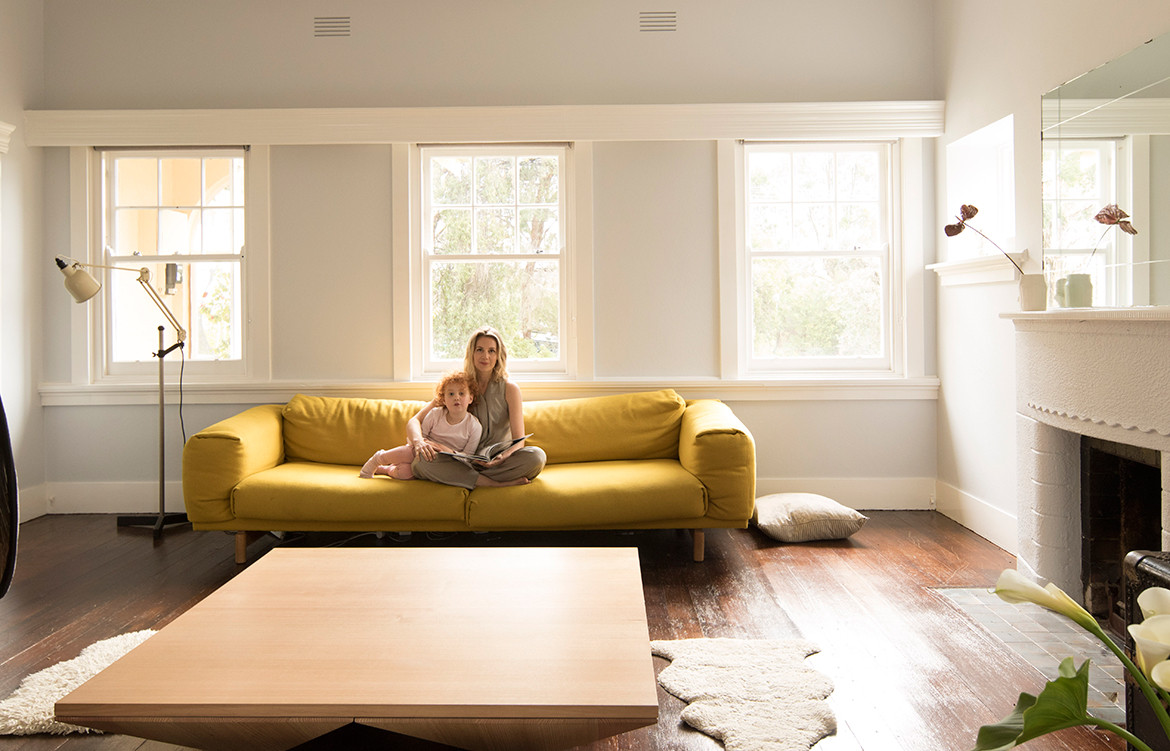When the Rana Plaza factory complex collapsed in 2013, killing over 1000 Bangladeshi garment workers, Jade Sarita Arnott felt devastated. It had not been her relatives who’d perished in the disaster, but the event confirmed that she’d made the right choice in disbanding her fashion label, Arnsdorf, the year before.
A trained artist and fashion designer, Jade had stepped away from her business, disillusioned by the endless cycle of seasonal garment releases and the punishing pressure to constantly reinvent and re-launch. She couldn’t see how the fashion industry’s traditional working model could sustain itself. There was some measure of relief there, too, in not being involved in an industry that could so easily ignore human rights.
“While I’d never manufactured in Bangladesh,” says Jade, “I’d just had children and had so much maternal grief for these people, the lives that were lost. I felt I could not be part of that,” she says.
The question that hung in the balance was this: could she be part of the change?
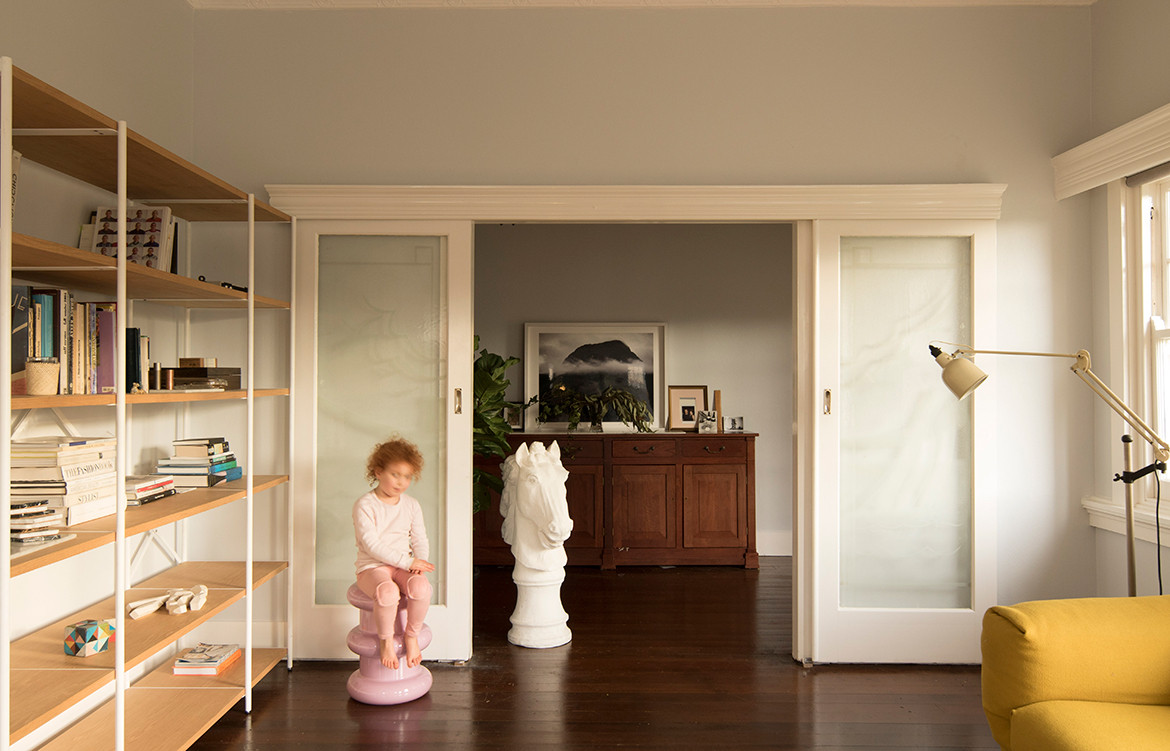
A multidisciplinary creative with natural entrepreneurial nous, Jade studied creative arts at the Victorian College of the Arts in Melbourne, before pursuing the infamously tough fashion design degree at RMIT University.
Business success fell upon her, in many ways, and the launch of Arnsdorf in 2006 taught Jade many things. The enduring influence of art and sculpture shaped many of her design ideas. The everyday archetypal garments that fill our wardrobes – suit trousers, jeans, t-shirts, jackets and coats – became a feast for the imagination. She reinterpreted and subverted: a trench coat came with an attached trench coat scarf, a leather jacket with a leather jacket scarf. “It was built around the respect for those items that have survived in people’s wardrobes for decades, even centuries,” she says.
Arnsdorf took off, touted by media as ‘the new one to watch’. Growth was exponential but as Jade points out, success can also be disillusioning. In 2012 she found herself at a crossroads. The label was gaining international momentum, but “it felt like I was caught up in a never-ending cycle of rushing for the next deadline”, she says. “The pace of each fashion cycle, marking down three months of every season – things completely lost their value. It just didn’t make sense any more.”
She quietly wound down her Arnsdorf operations and took a four-year hiatus from fashion. This coincided with time spent living in New York with her boyfriend (now husband), Andrew. A myriad of new vocations emerged, with studies in furniture design and photography, a home renovation and parenthood. She spent some time working with creative enterprises and had the opportunity to contemplate alternative business models and imaginative approaches to customer engagement.
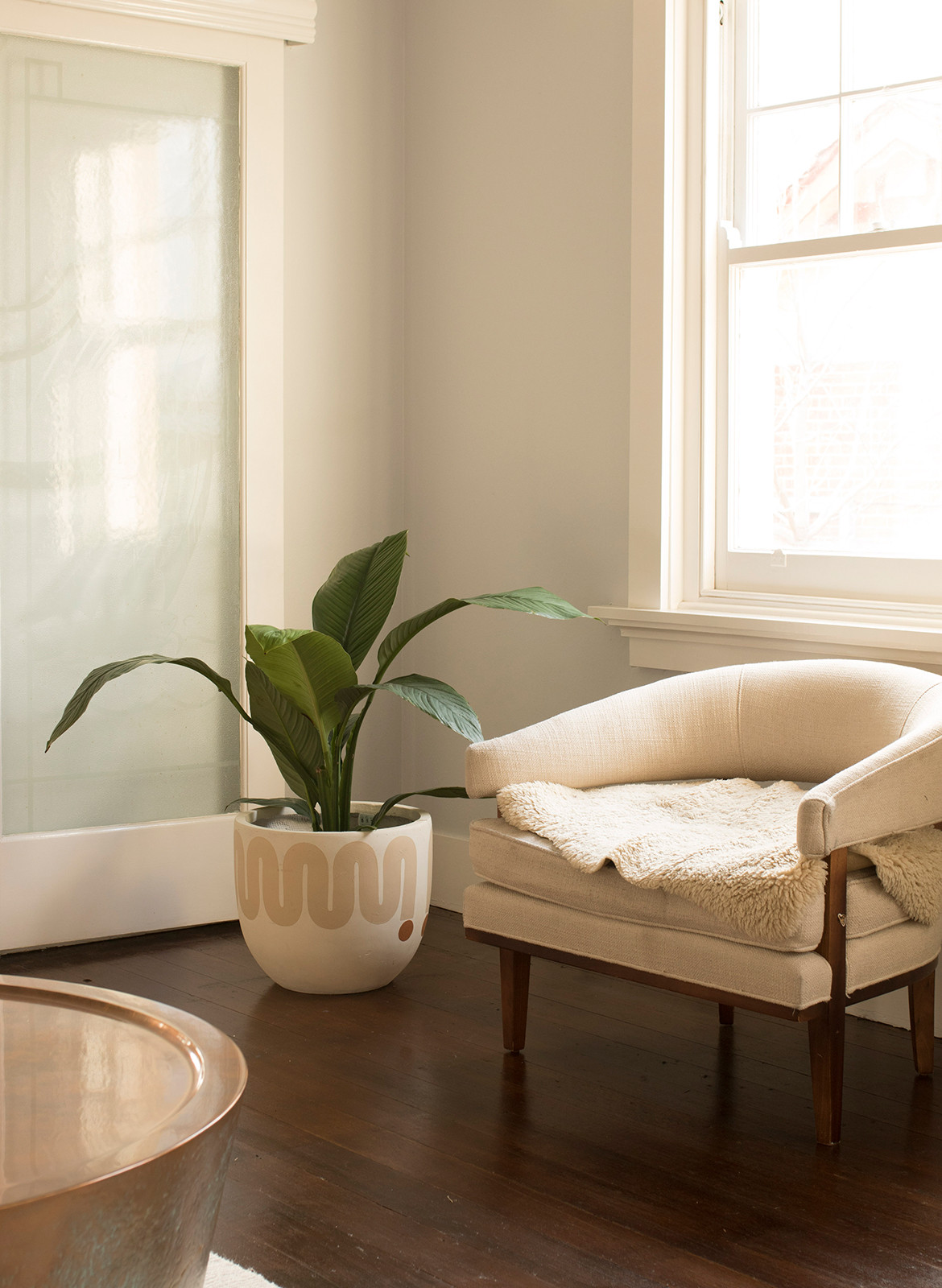
In 2015 Jade found herself back in Melbourne with a new-found sense of perspective and maturity. She looked beyond what she’d perceived as the limitations of the fashion industry and sought to “break the model” with the relaunch of Arnsdorf in 2016.
Vertically integrating her business, Jade fashioned a one-stop-shop, setting up her own factory of cutters and machinists. “The foundation and structure of the business came first. We set up sustainable and ethical production, sourcing certified organic fabrics and deadstock fabrics.”
Consumers were similarly undergoing an “awakening”, Jade says, increasingly aware of what they were putting into and onto their bodies. Their demand for transparency, and a strong sense of social responsibility resonated with Jade’s own vision for Arnsdorf. A brand was reborn.
Today, Jade maintains tight control over her supply chain, embedding meaning and purpose into her work through a fluid and iterative working process. She is supported by her Collingwood-located studio and home base in Kew.
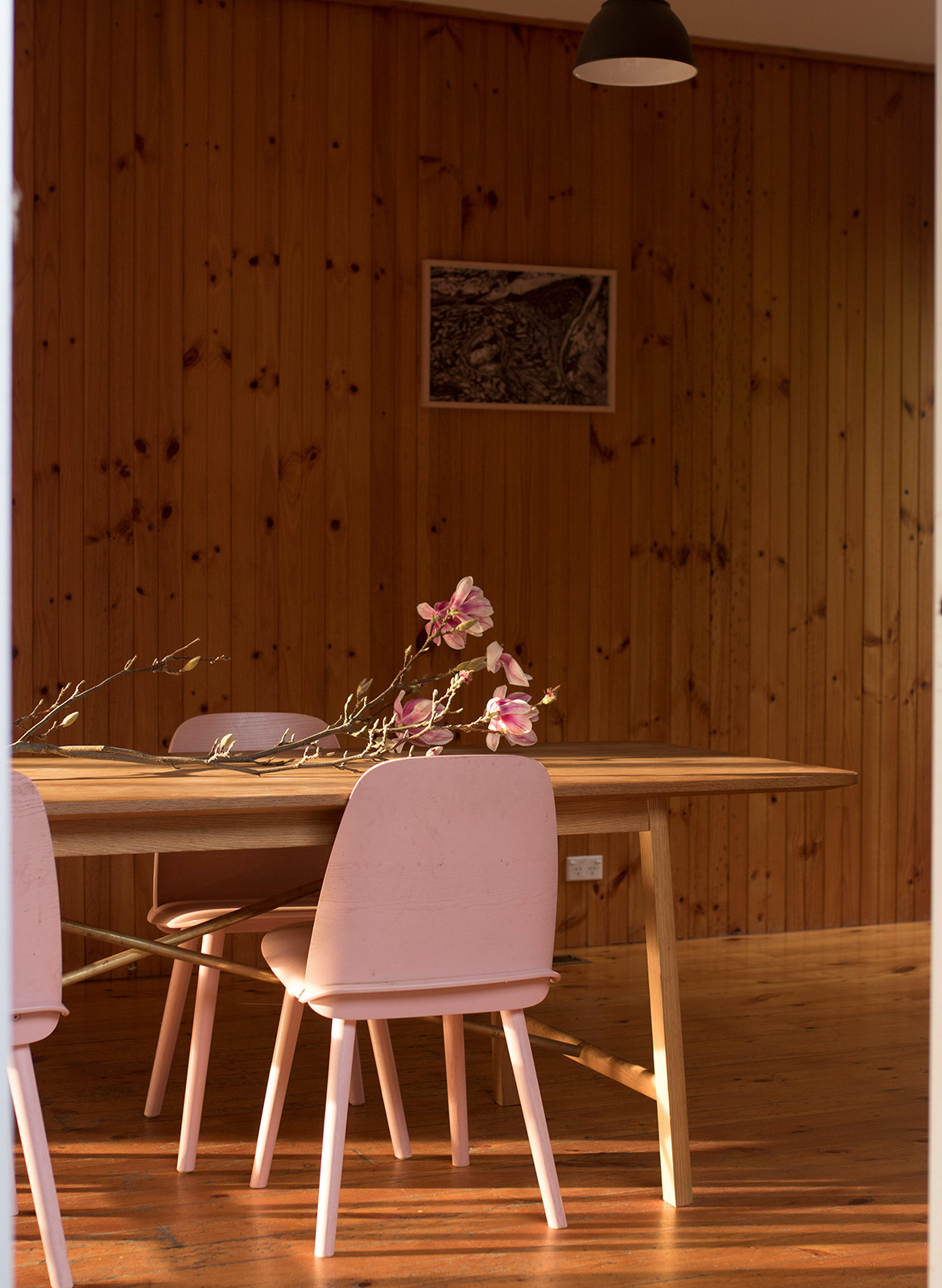
The studio is the epicentre of her working operation, a hive of activity where design, sampling and production happen in tandem. Home, away from the working chaos, is where the seeds of new ideas are planted. “I do a lot of sketching,” she says. “And sometimes in the initial design stage, I’ll work from home to get away from the hustle of the factory and find some peaceful time to concentrate and get inspired.”
From home, she moves back into the studio to cut out toiles and samples. Her art studies are ever-present, manifesting through sculptural processes, like “draping fabrics on mannequins and embodying the toiles, turning them inside out and pushing the ideas further”.
The meditative to-and-fro between home and work is vital to her creative process. “It’s the balance of solitary practice, of getting in the flow and generating ideas in an almost meditative state,” she says. “Then taking those ideas and working collaboratively with the team on fabrications, talking through construction.” A jigsaw puzzle of ideas and ingenuity coming together piece by piece.
The vision of that time-transcendent piece still looms large for Jade, who continues her exploration of modern archetypal garments. But now, with renewed clarity. “The mission is to create greater transparency, so we educate the wider public of how much it costs to make a garment ethically and sustainably.” Once armed with that knowledge, Jade says, fashion-conscious customers will be better able to navigate the retail landscape and question the origins of what they put onto their body.
Arnsdorf
arnsdorf.com.au
Photography by Benjamin Hosking
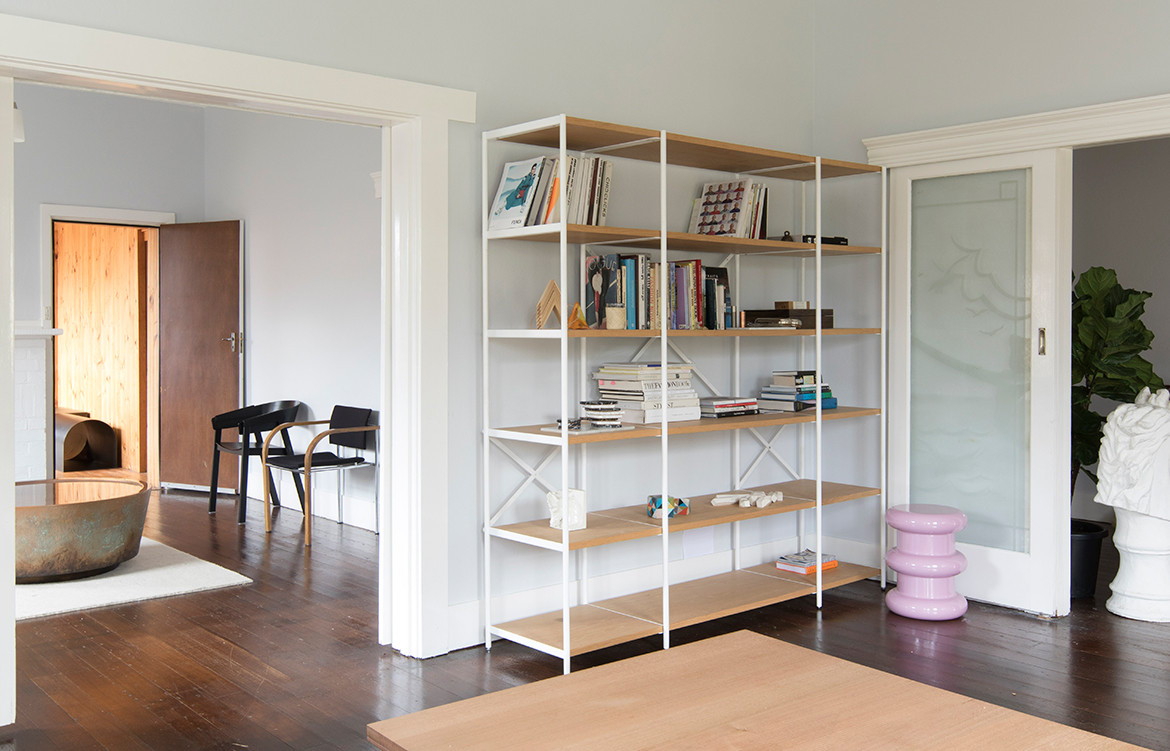
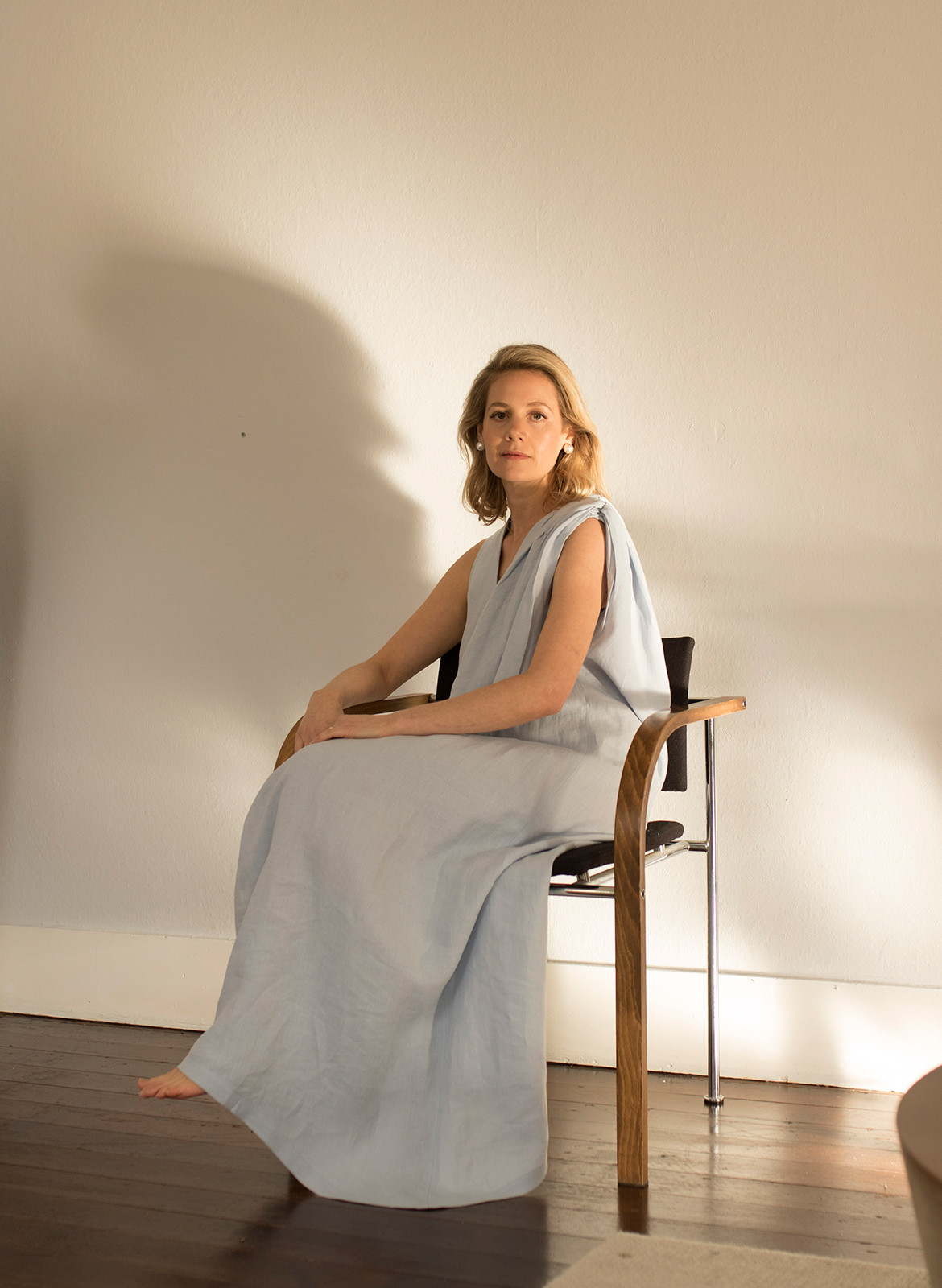
We think you might also like Viktor&Rolf’s outlook on whether or not fashion can be art.

